Discovery | Altay's Natural Landscape, Unique Folk Culture Worth Exploring
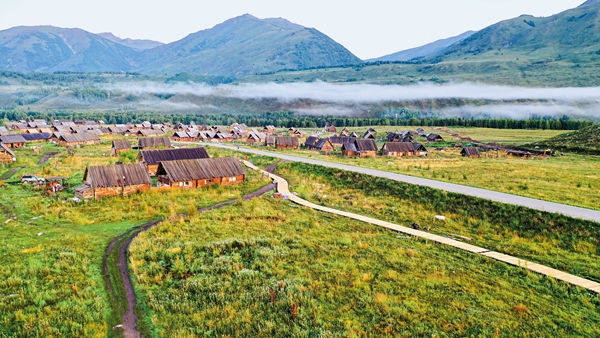
Altay, nestled in the northern region of northwest China's Xinjiang Uygur Autonomous Region, is famous for its breathtaking landscapes, and for its unique, nomadic culture. Since May, Altay has been one of the most talked-about — and sought after — travel destinations in China.
In May, To the Wonder, a hit television drama series in China, helped make Altay a new, trendy tourism destination among Chinese, who were mesmerized by the area's picturesque scenery, unique cultural charm, and the simple, heartwarming lives of the local herders. Since May, Chinese tourists have been flocking to the area.
Adapted from My Altay, a collection of prose written by Li Juan, the television series tells the story of Li Wenxiu, a young woman who has returned from a bustling city to her hometown, a tranquil village nestled in Altay, after she failed in her dream to become a writer, and after she encountered setbacks in her work at a hotel. After returning home, she lives with her mother, and she finally finds the meaning of life and love — in Altay.
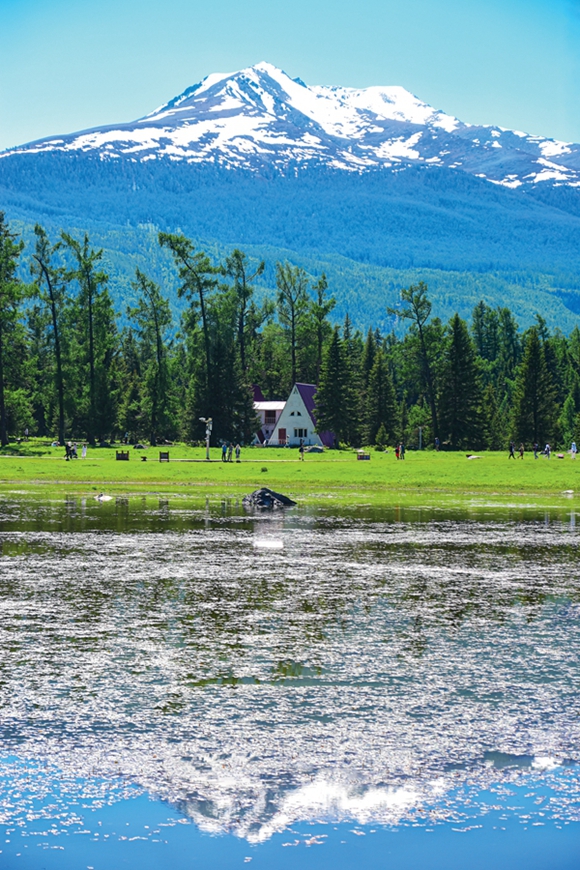
Located between the southern foot of the Altai Mountains and the northern edge of Junggar Basin, Altay boasts abundant natural tourism attractions, including grasslands, forests, deserts, rivers, gorges, wetlands, and snow-capped mountains. It is also one of the world's best destinations to view aurora borealis, the natural wonder. As such, Altay has always been considered a paradise by photographers and tourists.
Altay is one of many pastoral areas in Xinjiang. For thousands of years, herders in the region have lived a nomadic life. They migrate in search of water and grass throughout the year, leading their livestock on long-distance journeys to various pastures, based on the growth cycle of the grass. The millennia-old tradition was portrayed in the television series, which drew significant attention to Altay's nomadic culture. That nomadic culture has since become a magnet, drawing visitors and shutterbugs who want to witness the herders' journeys firsthand.
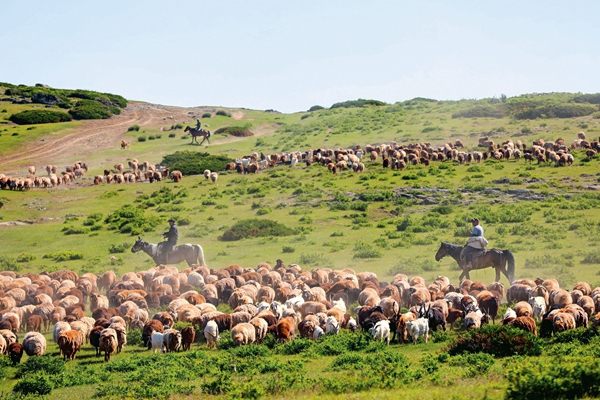
Altay's scenery displays differently from season to season. In summer, the weather in the region is pleasant and cool, making it an ideal place to avoid summer heat. The most amazing seasons to see Altay are autumn and winter. In autumn, it becomes a golden world, as beautiful as an oil painting. In winter, the land is dressed in pure white, creating a winter wonderland straight out of a fairy tale. Known as the "Snow Capital of China," Altay is also an excellent resort for ice and snow tourism.
In Mongolian, "kanas" means beautiful, rich and mysterious. Kanas Lake, located in Altay, is a spectacular place. As China's deepest alpine lake, the deepest section of Kanas Lake is 188.5 meters. Embraced by snow-capped mountains, the lake basin is covered by dense forest, and it is the only region in China where animals and plants of the south Siberian species can be found. It is a paradise for the abundant wildlife.
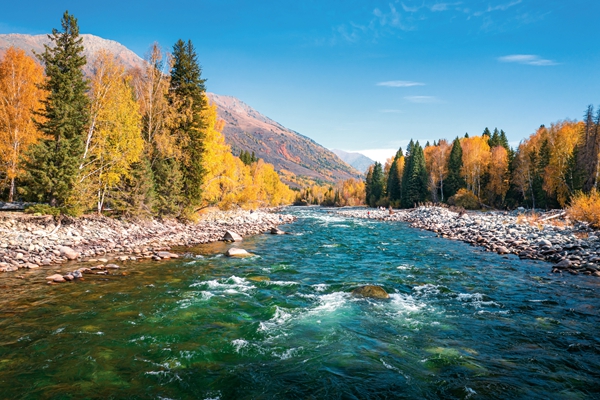
Kanas Lake is well-known for being a color-changing spectacle. The color of the lake changes based on season and weather. The water is grey in May, after the ice melts. The water is light green or dark blue in June, when the plants on the mountains are turning green. The water is as white as milk in July, as white water from White Lake flows into the lake. The water is blackish-green in August, as it often rains in summer. The water is emerald green in September and October.
Kanas Lake is the highlight of the Kanas scenic spot, where tourists tend to be captivated by the primitive beauty of its glaciers, wetlands, clear lakes, snow-capped mountains, and luxuriant forests and grasslands.
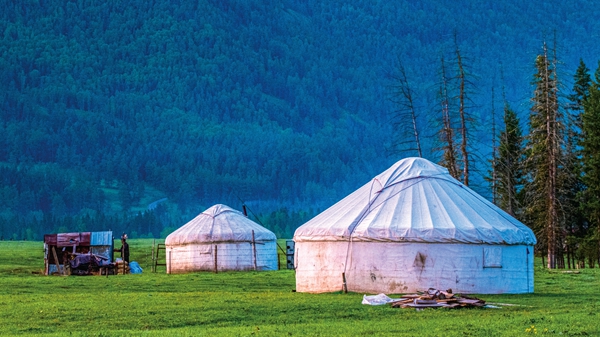
Located near Kanas Lake, Hemu Village is one of the three villages in China inhabited by the Tuvans, people of a tribe of the Mongolian ethnic group. Dubbed "the most beautiful village in China" by Chinese National Geography magazine, Hemu features fascinating landscapes and wooden houses, made with stacked logs. Its green grassland, boundless forest and misty, snow-covered mountains welcome visitors to a hidden Chinese fairyland.
Hemu is a paradise for shutterbugs. Sunrises and sunsets offer wonderful opportunities for stunning photos. Early each morning, the village is surrounded by a magical-looking mist. As the sun rises, the mist, trees, and snow-capped mountains become "dyed" in gold. As night approaches, the sky, adorned by numerous stars, creates a mysterious — and mesmerizing — view.
Residents of Hemu have maintained their simple, ancient lifestyle, and many still make a living through animal husbandry. Hemu is an ideal place to escape the hustle and bustle of modern life.
Photos from VCG and Tuchong
(Women of China English Monthly July 2024)
Editor: Wang Shasha
Please understand that womenofchina.cn,a non-profit, information-communication website, cannot reach every writer before using articles and images. For copyright issues, please contact us by emailing: website@womenofchina.cn. The articles published and opinions expressed on this website represent the opinions of writers and are not necessarily shared by womenofchina.cn.

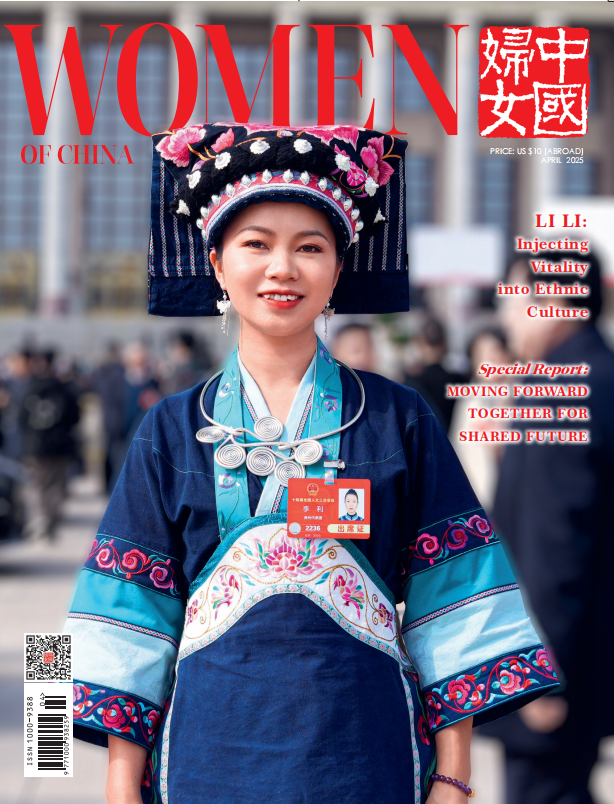





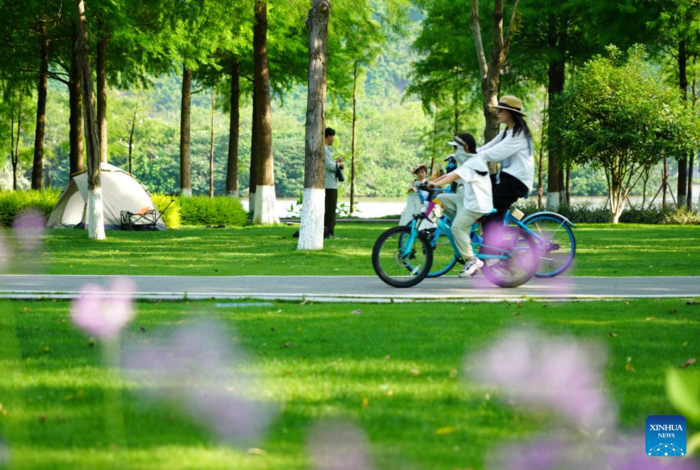
.jpg)

 WeChat
WeChat Weibo
Weibo 京公网安备 11010102004314号
京公网安备 11010102004314号